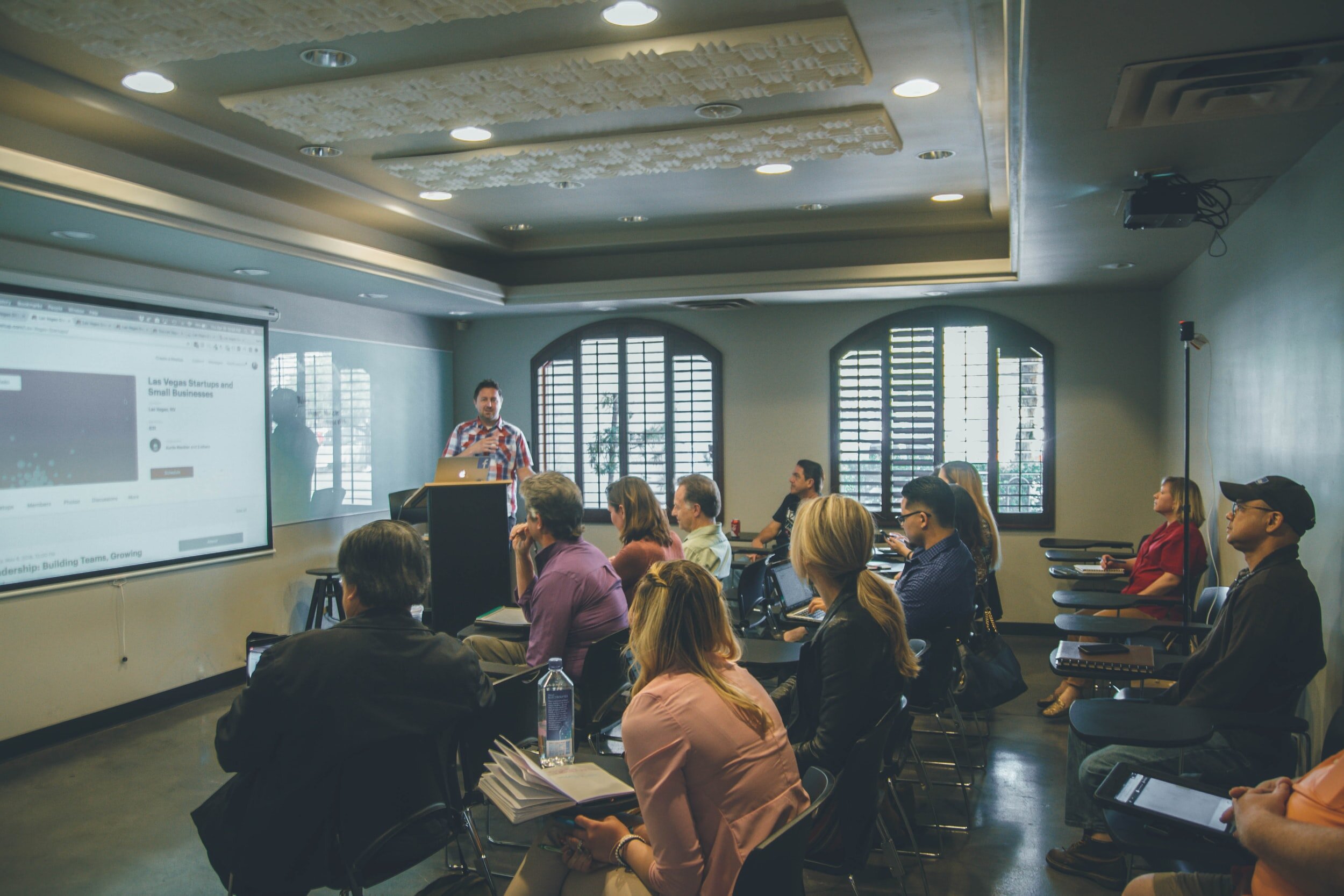Teaching and learning quantitative research methods in the social sciences
By Dr. Charlotte Brookfield, author of Using Microsoft Excel for Social Research, a Senior Lecturer of Social Science and Co-Director of the Cardiff Q-Step Centre of Excellence in Quantitative Methods Teaching, at Cardiff University. Charlotte Brookfield was a Mentor-in-Residence for a 2021 Methodspace series on data analysis.
Yes, you need to learn statistics
In the UK, the Quality Assurance Agency benchmarks outline that social science students should learn about different qualitative and quantitative approaches and should be able to effectively utilise and critique these. However, previous research has shown that many social science students are surprised by the fact that they need to engage with number work and statistics as part of their degree programme (Acton and McCreight, 2014). Williams et al. (2008) found that over 60% of sociology students they surveyed reported a preference for writing essays over analysing data.
Many authors have considered the reasons behind students’ resistance to engage with such approaches. For instance, some have suggested that negative memories of mathematics at school mean that social science students are anxious about engaging with quantitative research methods (Parker et al., 2008; Carter et al., 2017; Clark and Foster, 2017). Others have suggested that the technical element often involved in such courses can be off-putting to some students (Fisher and Brimblecombe, 2014; MacInnes, 2014). Even the cumulative approach to teaching and learning quantitative data analysis has been suggested as a barrier to social science students’ engagement (Fisher and Brimblecombe, 2014).
A recent study at Cardiff University revealed that while social science students often reported that they had gained a lot of new skills as part of their compulsory second year quantitative research methods and felt that these would be beneficial for their future, only a minority of students went on to utilise these skill sets in their final year dissertations with the majority of students opting to do qualitative research projects instead (Brookfield et al., 2021). In fact, the research shows that as the length of time between completing their second year compulsory quantitative research methods training and writing their final year dissertation increased, the proportion of students planning to utilise or utilising quantitative approaches in their dissertations decreased. It has been suggested that while students are comfortable applying their newfound quantitative skills to pre-defined, teacher led activities, they are more uncertain about how to use these approaches effectively to investigate new or novel issues.
Examples help.
Indeed, rather than being simply fearful of numbers, Williams et al. (2008) suggest that students’ reticence toward quantitative research methods may stem from the absence of examples of quantitative social science research which they are exposed to. Content analyses of mainstream sociology journals have consistently shown the marginalised position of quantitative research within the discipline (Bechhofer, 1981; 1996; Bulmer, 1989; Payne, 2004). For instance, MacInnes et al. (forthcoming) noted that between 1950 and 2010, the percentage of papers published using quantitative approaches in Sociology, Sociological Review and the British Journal of Sociology decreased from 32% to 16%. At the same time, the percentage of papers reporting qualitative research methods increased from 8% to 43%. This same absence of quantitative research from mainstream UK journals has also been observed for criminology and social work (Cohn and Farrington, 1990; McCambridge et al., 2007). This dearth of quantitative social research leads students to question the place and value of such approaches in the social sciences and makes it harder for them to apply techniques to their own research problems.
Learn more
My book introduces different activities and teaching ideas which can be used to support those students undertaking quantitative social research projects. Each chapter contains an activity for students to complete independently as well as a teaching idea. The datasets used in the examples in the book are all open-access meaning that students are able to replicate the techniques shown.
Charlotte Brookfield is the author of Using Microsoft Excel for Social Research, a Senior Lecturer of Social Science and Co-Director of the Cardiff Q-Step Centre of Excellence in Quantitative Methods Teaching, at Cardiff University. Her work is informed by pedagogic initiatives and activities developed to increase social science students’ engagement with quantitative research methods. In particular, she is interested in exploring the place of quantitative research methods in British sociology. Charlotte’s experience leading on a research placement module led her to recognise the necessity for social science students and graduates to have a greater familiarity with Microsoft Excel and inspired her to write Using Microsoft Excel for Social Research.








Don’t have funds for data analysis software? Use Excel! Learn how in this interview with Charlotte Brookfield.